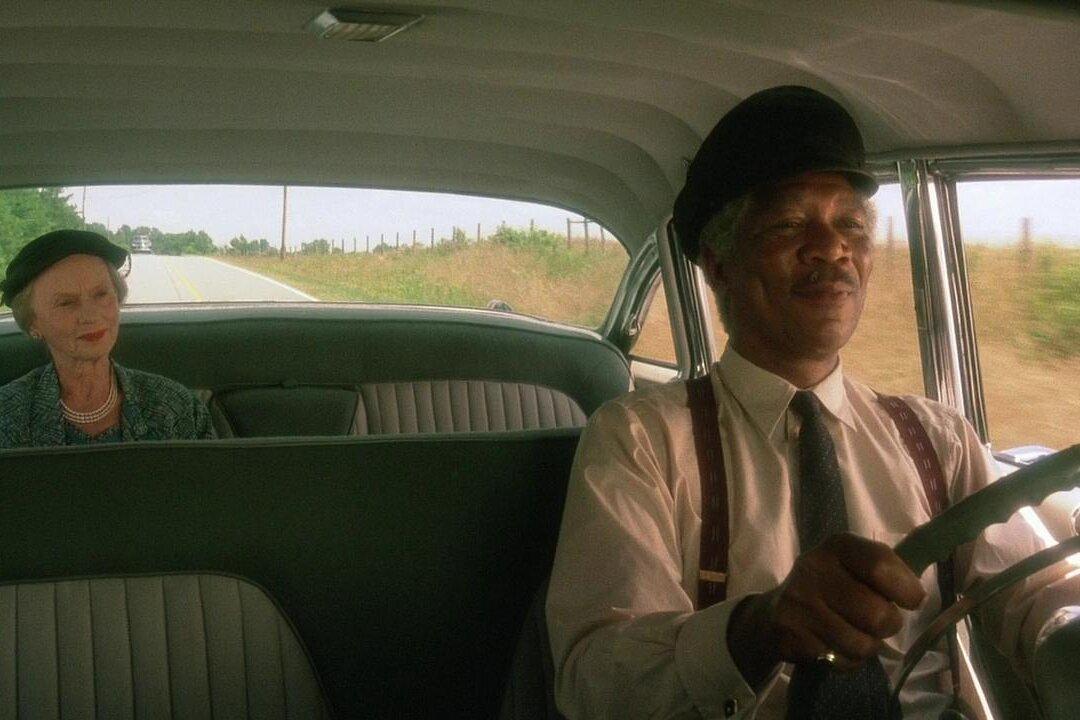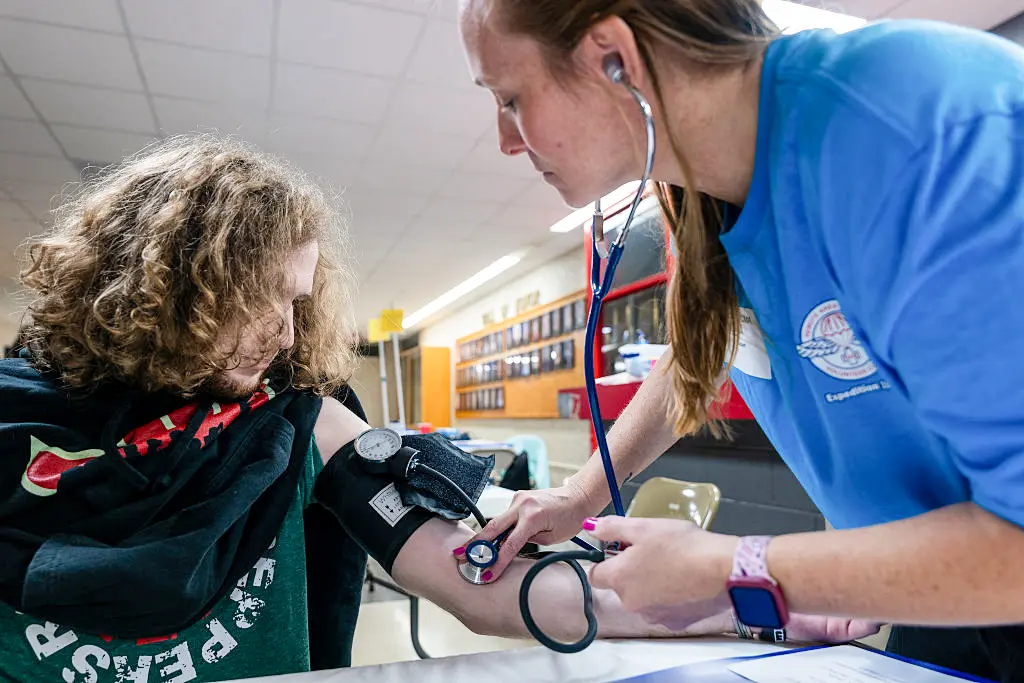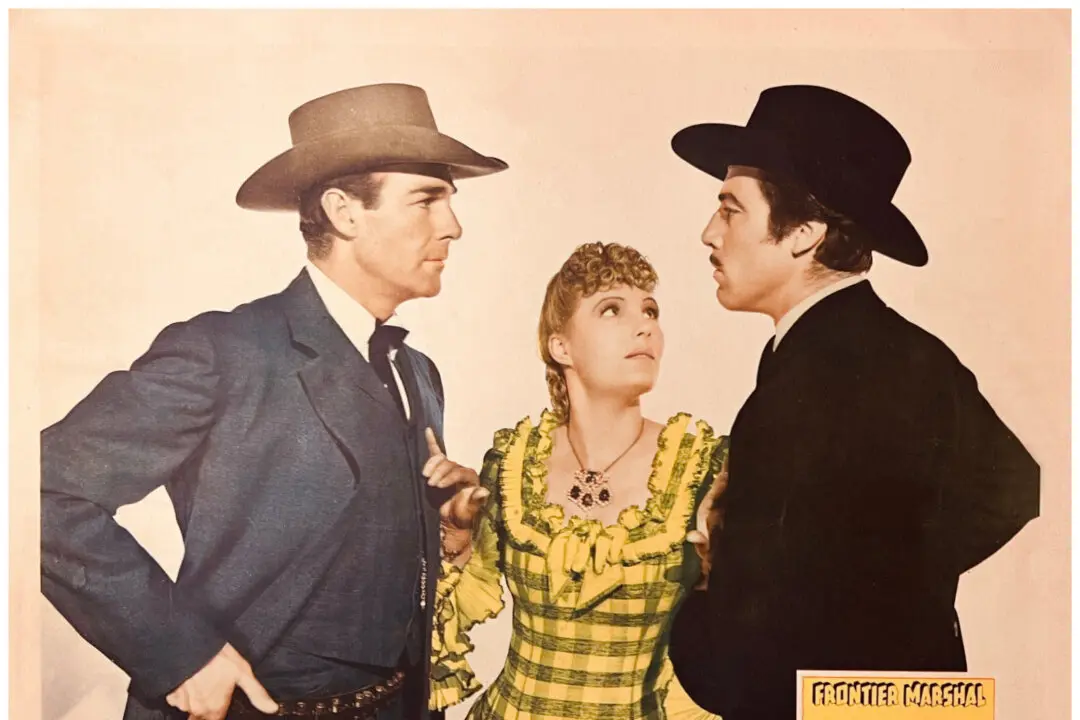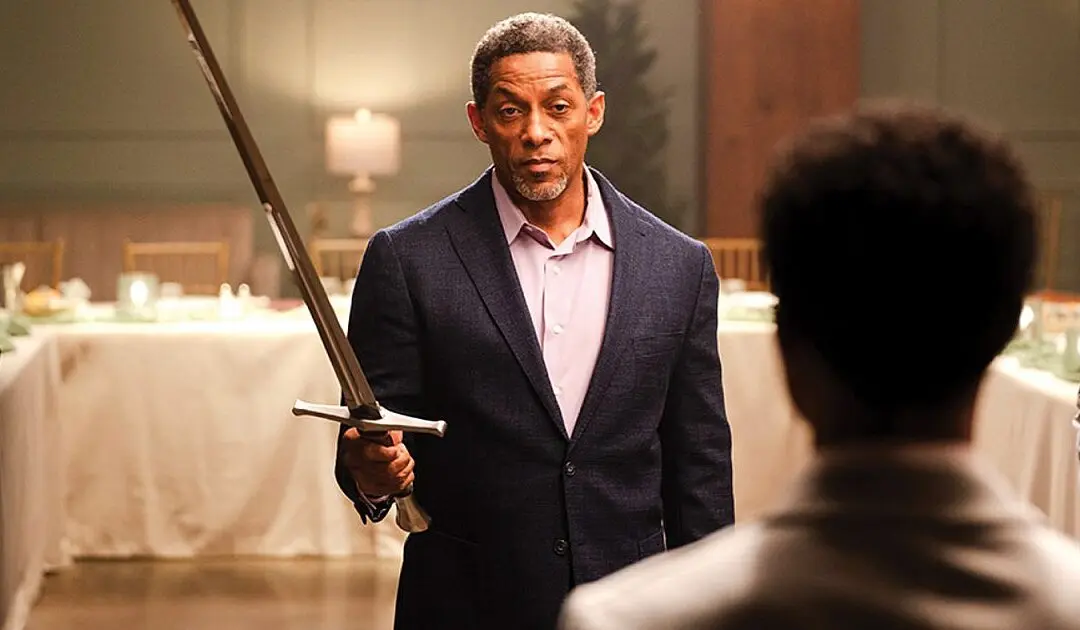PG | 1 h 39 min | Drama, Comedy | 1989
A widowed, retired schoolteacher in her 70s who lives by herself in 1940s Atlanta, Daisy Werthan (Jessica Tandy), accidentally rams her car into a neighbor’s yard. So her doting son, Boolie (Dan Aykroyd), gets her another car, and a chauffeur in his 60s, Hoke Colburn (Morgan Freeman), in Bruce Beresford’s “Driving Miss Daisy.”





